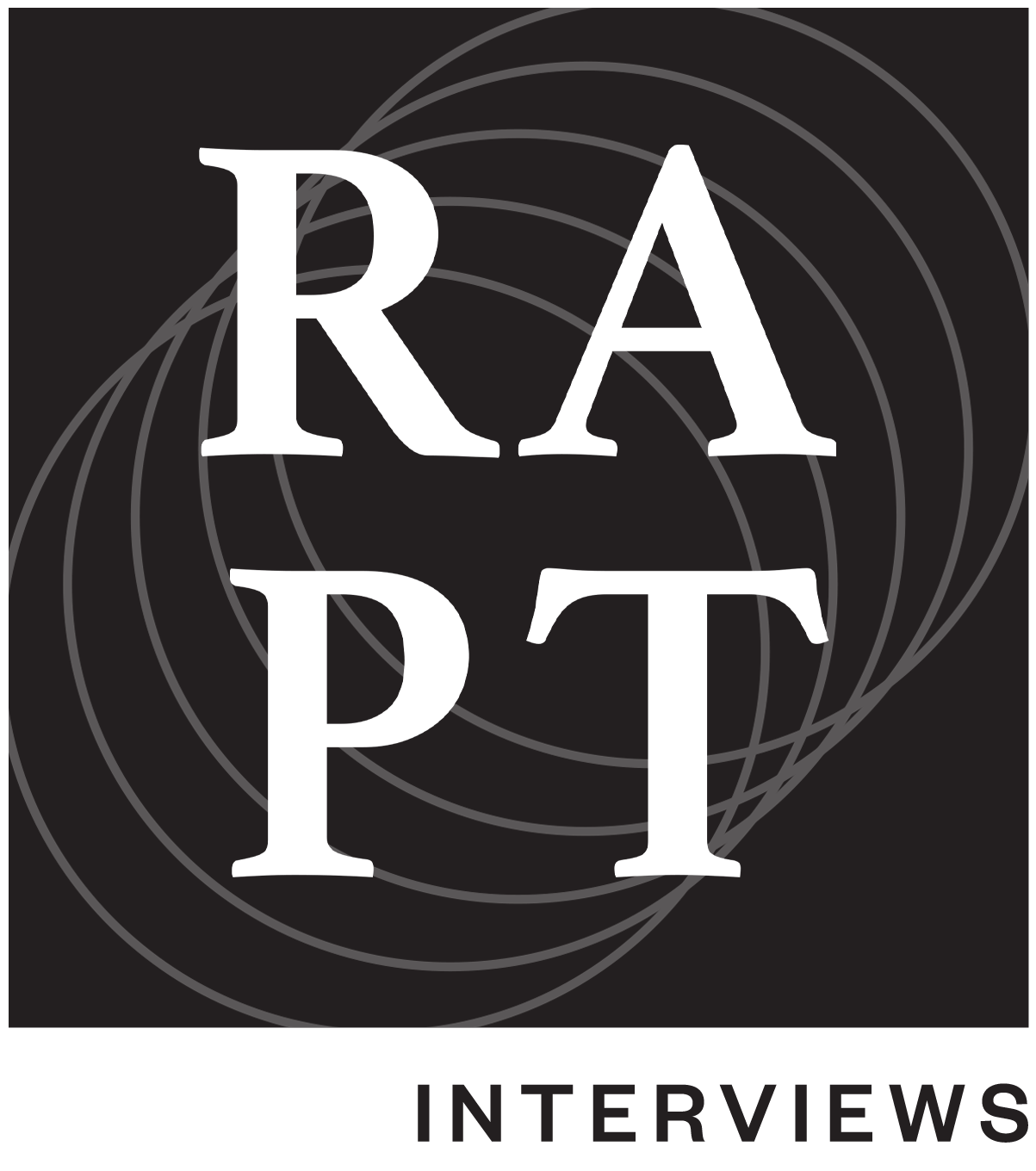Historic All-Sign-Language Movie About Jesus
Kathryn Post
4 min read ⭑
Joseph Josselyn remembers being fascinated by the 1977 drama “Jesus of Nazareth” — but as a Deaf child, he had to rely on closed captions to catch the dialogue.
“I had this thought: I wonder what it would be like if this film was completely in sign language,” Josselyn said in a recent interview over Zoom facilitated by an American Sign Language interpreter.
His career since could arguably be described as a journey to finding out. On June 20, a movie telling the story of Jesus entirely in American Sign Language will become the first all-ASL feature film to debut in theaters, according to Josselyn, the film’s producer.
Deaf Missions
“Jesus: A Deaf Missions Film,” which carries the tagline “for Deaf, by Deaf,” stars Gideon Firl as the Messiah who, like all of the primary cast, signs his way through the role.
Deaf Missions is an international Christian ministry that serves people in more than 100 countries, with the goal of creating high-quality videos and visual tools in sign language. Josselyn, who joined in 2006, began with shorter projects before producing the 2018 film “The Book of Job,” an earlier all-ASL movie with an all-Deaf cast and production team that was released on video and streaming.
After the Job project, Josselyn returned to his dream of telling the gospel story in an ASL feature. That dream was shared by producer Michael Davis, who joined in 2022. Together, the duo pitched the idea to Deaf Missions CEO Chad Entinger, estimating that the project would require $4.8 million to fund.
“Our passion was really to see high-quality, Deaf film to be produced. We couldn’t do that with a low budget,” said Josselyn.
With the funds secured, Josselyn and Davis had to decide how to frame their adaptation. Perhaps appropriately for a film about breaking language barriers, they chose to bookend the narrative with Pentecost, a moment described in the New Testament’s Book of Acts when the Holy Spirit descends on the disciples so their preaching can be understood by a crowd that speaks many languages.
Peter, whose Pentecost testimony leads to thousands being baptized, serves as the supporting lead in “Jesus,” as he does in the Gospels.
While the plot’s points are familiar to even casual Christians, the film’s use of ASL makes for particularly embodied expression. Every townsperson, priest, Christ follower and zealot is filmed in full view so that their signing remains visible.
“Even hearing people who don’t know sign language will be able to connect, not just through the subtitles, but how expressive it is,” Davis said. “You listen to a lot with your eyes as well.”
The filming required some adaptations on set. Ryan Schlecht, who portrays Caiaphas in the film, said that because he and the other actors couldn’t hear “cut,” Josselyn and the assistant director would throw objects like hats and pillows into the scene to signal when to stop.
“Audiences were visibly moved — Schlecht added that in 30 years as a Deaf artist working in theater and film production, he’s never seen this level of impact.”
The team was also often communicating primarily through text, rather than via walkie-talkie as on many sets. Though partly filmed in California and Iowa, some of the movie was shot in Bulgaria, and wherever they were they were often in remote locations with poor internet and cell service. Other scenes in ASL elicited rare questions, such as: How does Jesus sign during his crucifixion?
The cast and crew, supernaturally, according to Schlecht, found every solution. “It’s been such a huge blessing to see how God has provided every step of the way, from the cast, from the crew, from the team, from behind the scenes,” he said. “Trying to get to the finish line was a challenge, but it was a journey of faith that carried us to the end.”
Not all of those working on the film were Christian, though the immersion in the drama of the Gospels, Josselyn said, led at least one cast member to an embrace of Christianity. For the Christians on the project, the impact was often profound.
Originally envisioned as a film without sound, the final version of the film includes a soundtrack created by two music producers — one Deaf, the other hearing — as well as background noises and sound effects to create a more immersive experience. Deaf viewers will be able to hear the music through the vibrations, said Josselyn, and some Deaf audience members can hear some sounds too, Davis added. For nonsigning viewers, there are English subtitles.
The film’s launch on the big screen was an unexpected development for Davis and Josselyn, who initially expected it to be shown in churches and community centers. The film will be shown in more than 300 theaters starting next week, making possible an unprecedented cinematic experience.
Despite the barriers encountered during the project, the filmmakers agreed it was worthwhile when they saw audience reactions to the film for the first time in pre-screenings this spring. Audiences were visibly moved — Schlecht added that in 30 years as a Deaf artist working in theater and film production, he’s never seen this level of impact.
“This film is for Deaf, by Deaf. That part is clear. But I just want to encourage the hearing community to come and be a part and watch the film,” said Josselyn. “We want them to come and share this unique experience, understand our culture just a little better and celebrate this historical moment in time — of the first-ever full-feature film about Jesus in sign language.”
Kathryn Post is a Pittsburgh-based reporter for Religion News Service. Before joining RNS in 2021, she earned a Master of Arts in Religion from Yale University. Her writing has appeared in the Washington Post, Sojourners, the Christian Century, Broadview Magazine and more.


